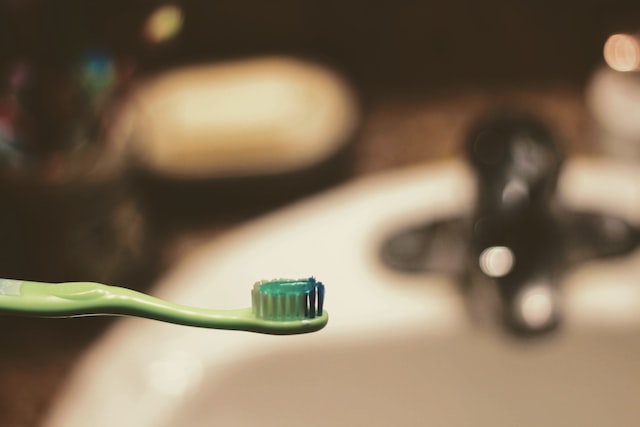Background
Single-use plastic and microplastics are a considerable cause of marine plastic pollution. Nowadays, marine plastic pollution has become a significant environmental concern not only for scientists and non-governmental organizations, but also for government officials and the general public.
According to ECHA (European Chemicals Agency), microplastics “are very small particles of plastic material (typically smaller than 5mm and often much smaller including nano plastics)”. They can unintentionally be formed through the wear and tear of larger pieces of plastic or manufactured and intentionally added to products. Microplastics can be found in a wide range of products available in the European market, like cosmetics, detergents, cleaning products and paints. Plastic microbeads are commonly used in cosmetics as exfoliating or scrubbing agents, particularly in facial cleansers and scrubs, shower gels and toothpastes.
Microbeads are not biodegradable and can persist for long periods of time in the environment. Microbeads in products intended to be rinsed-off are a major concern due to their impact in the environment. Several EU Member States, have legislated in order to restrict/prohibit some types of microplastics in cosmetics (like microbeads). In response, cosmetic companies are are increasingly using natural alternatives.
What’s new?
In 2017, the European Commission requested ECHA to assess the scientific evidence for taking regulatory action at the EU level on microplastics that are intentionally added to products, and in January 2019, ECHA proposed a wide-ranging restriction on microplastics in products placed on the EU market to avoid or reduce their release to the environment.
Following ECHA’s report, the European Commission published a draft regulation on August 30, 2022.
Annex XVII of REACH Regulation will be amended restricting synthetic polymer microparticles, polymers that are solid and which either are contained in particles and constitute at least 1% by weight of those particles, or build a continuous surface coating on particles, where at least 1% by weight of those particles fulfilling different conditions listed.
This new restriction excludes polymers that are the result of a polymerization process that happens in nature, which are not chemically modified, degradable polymers, polymers with solubility greater than 2 g/L, and polymers that do not contain carbon atoms in their chemical structure.
References:
European Commission (August 30, 2022) “Commission Regulation (EU) amending Annex XVII to Regulation (EC) No 1907/2006 of the European Parliament and of the Council concerning the Registration, Evaluation, Authorisation and Restriction of Chemicals (REACH) as regards synthetic polymer microparticles.“







